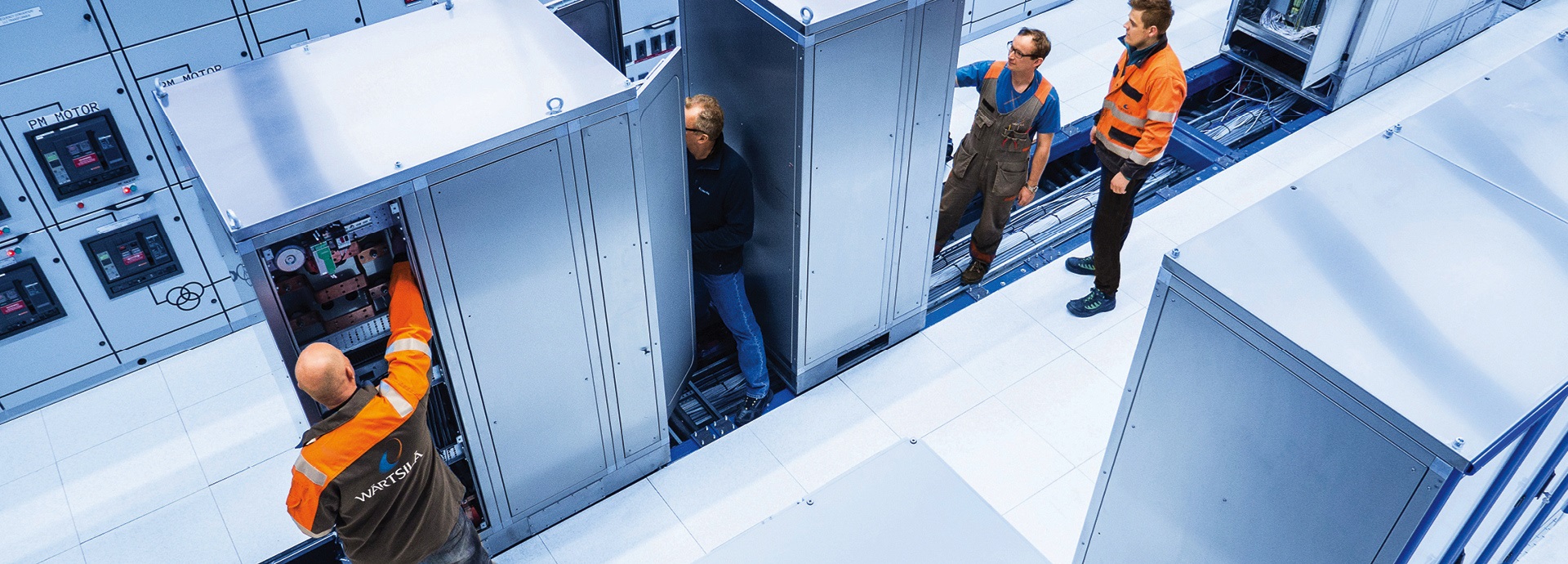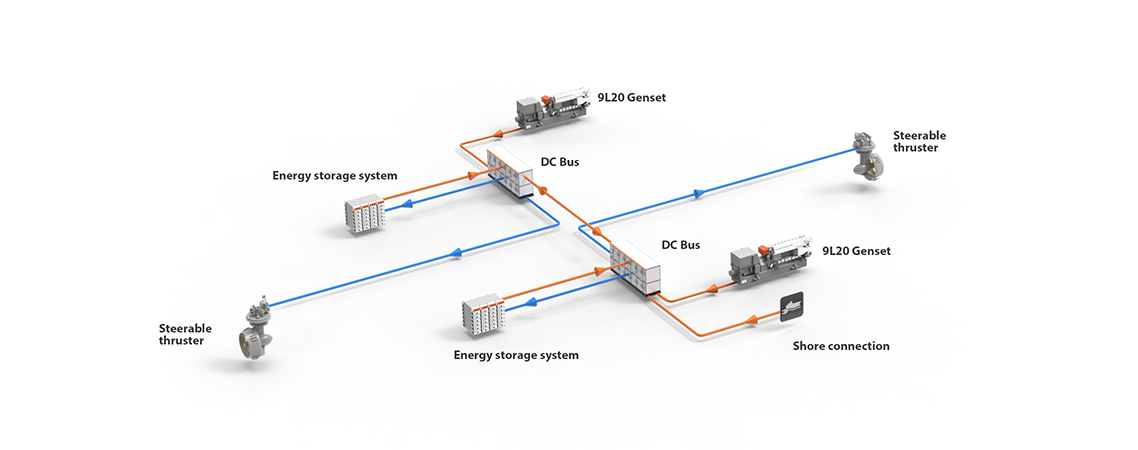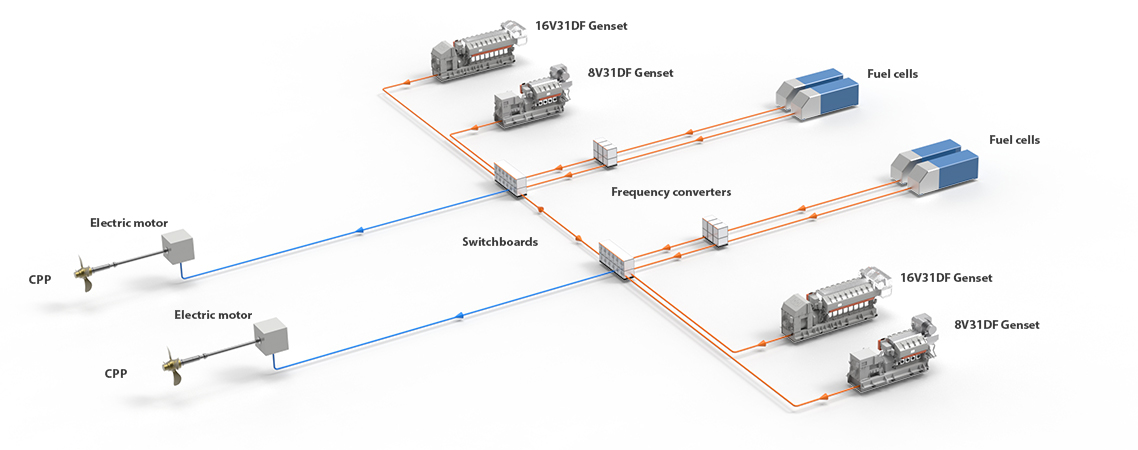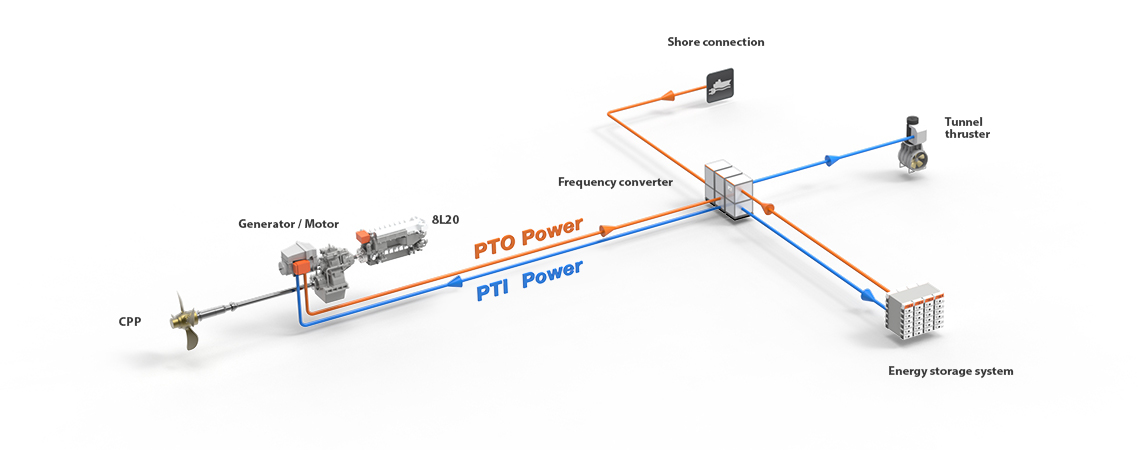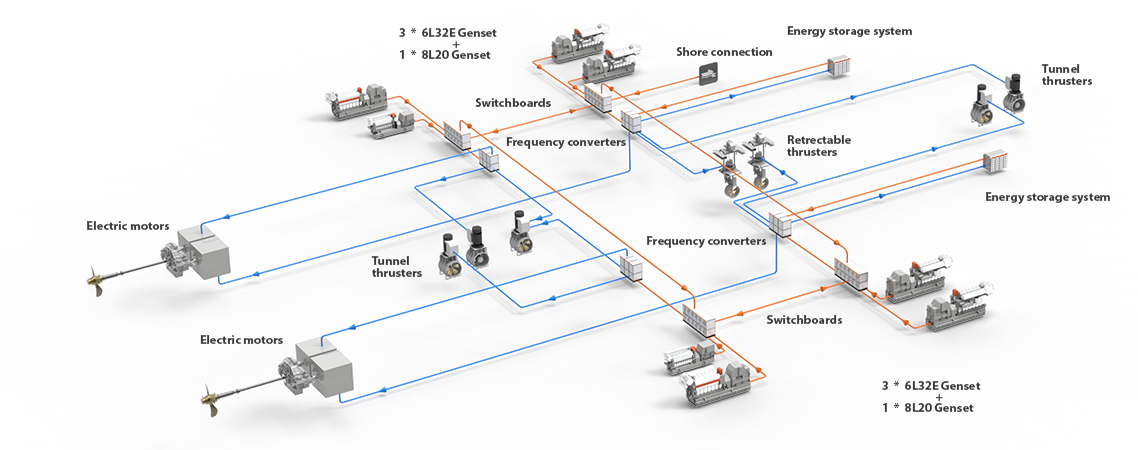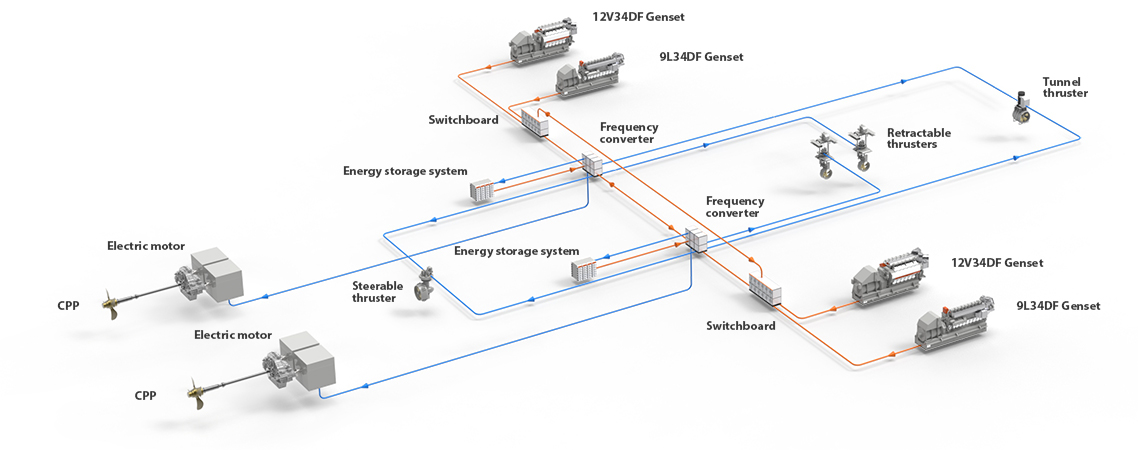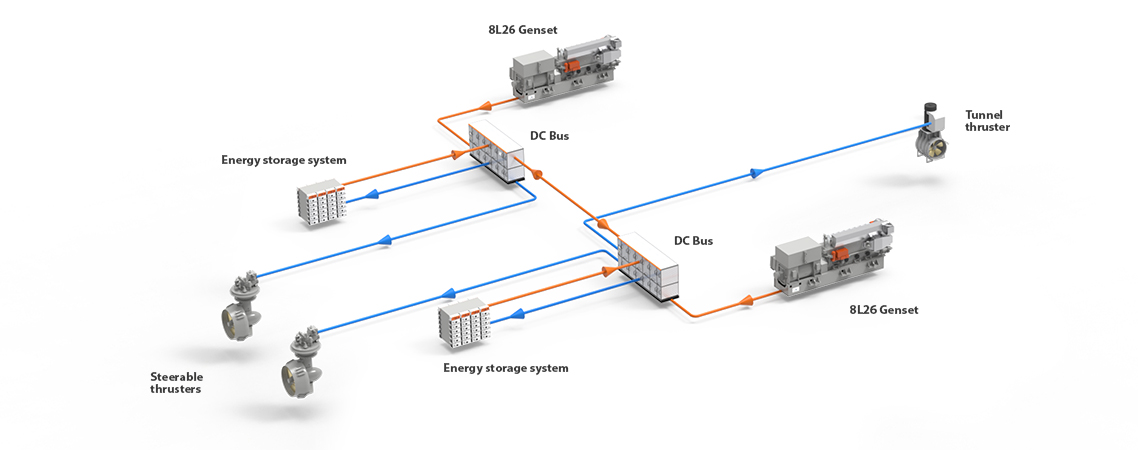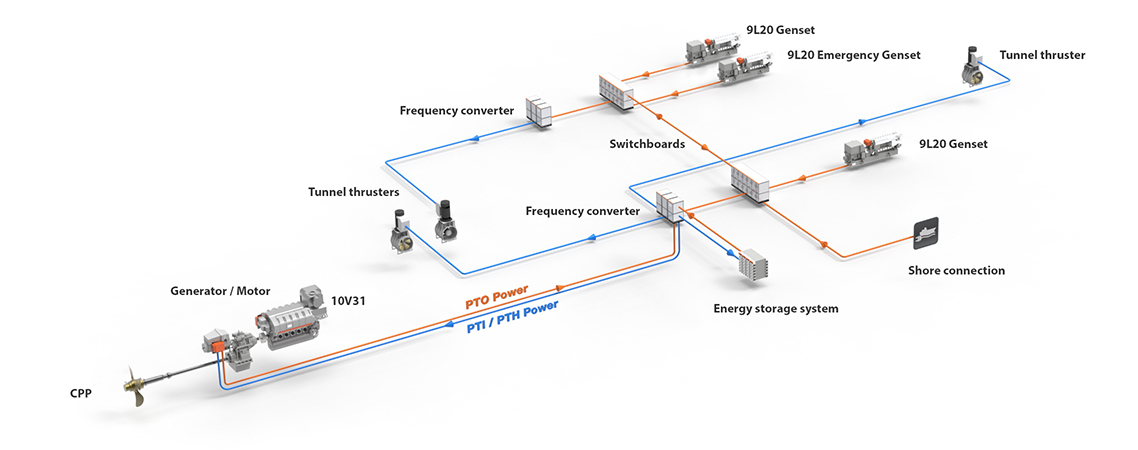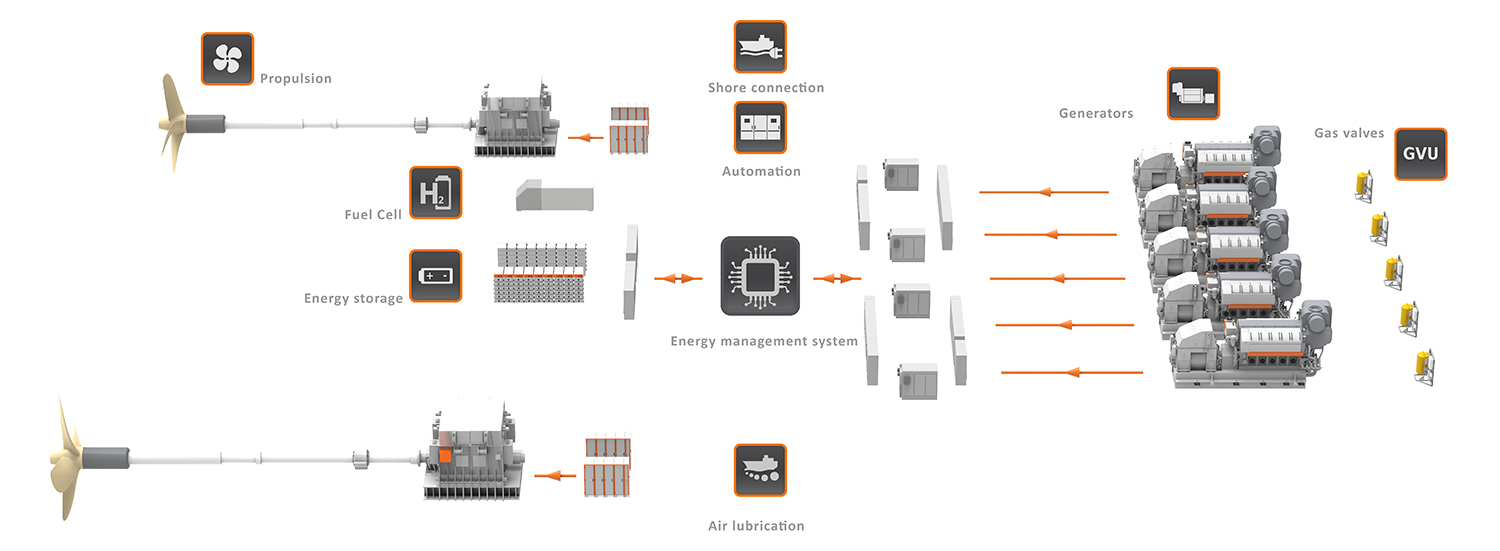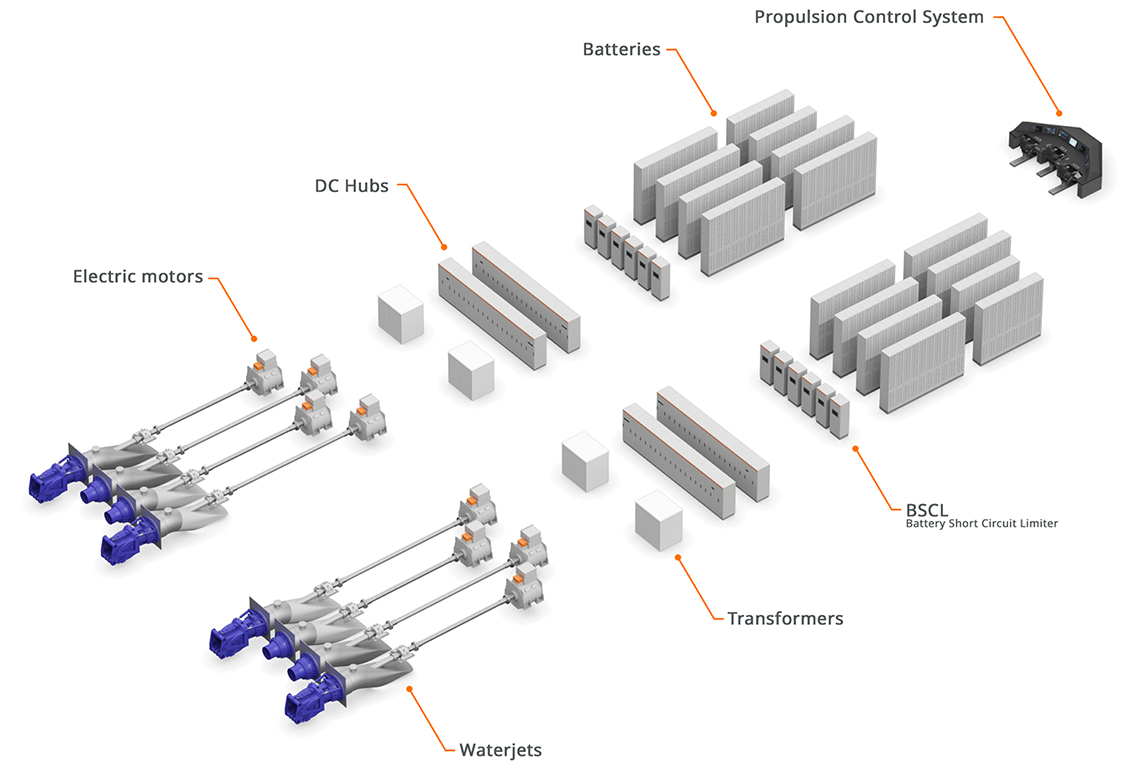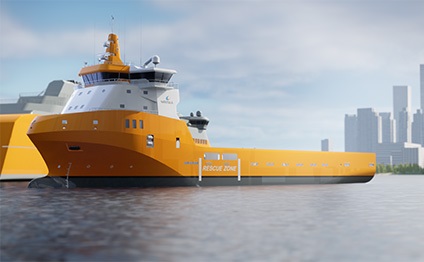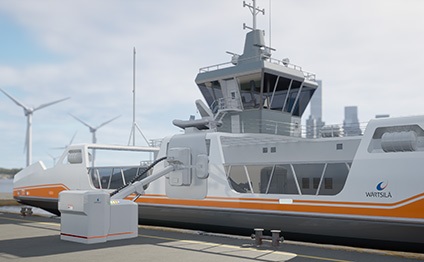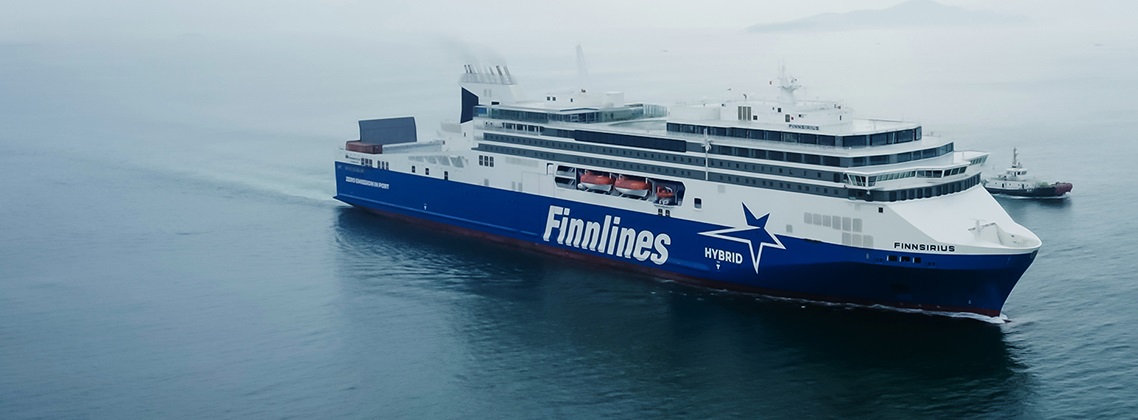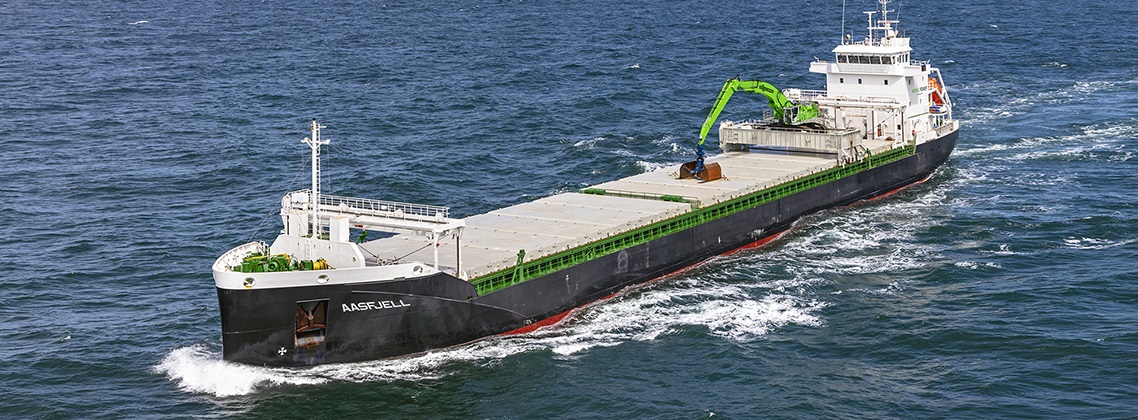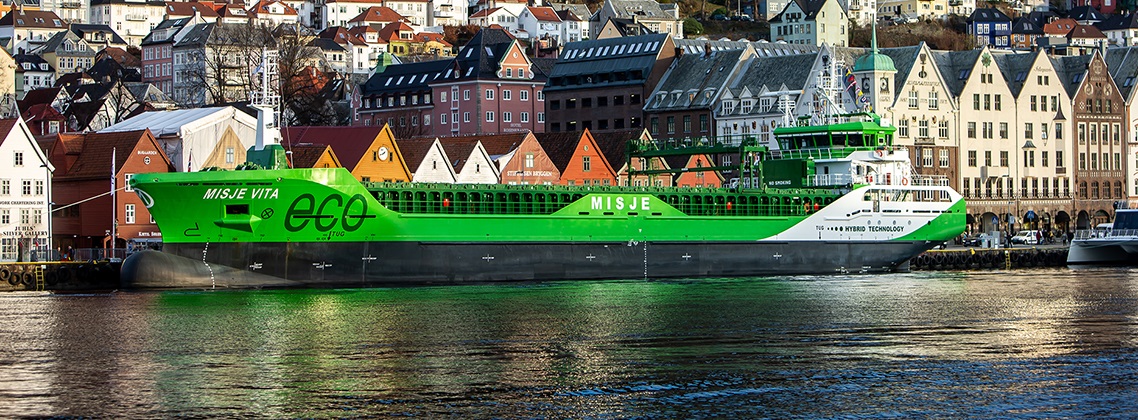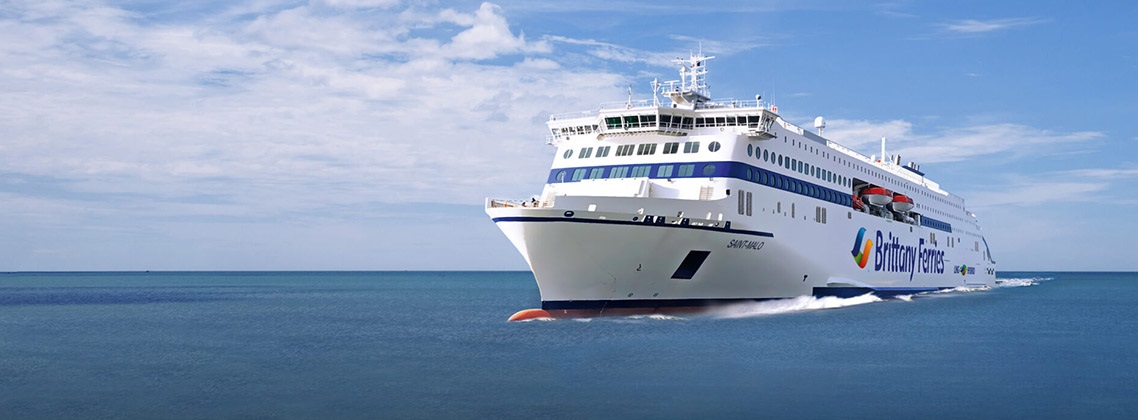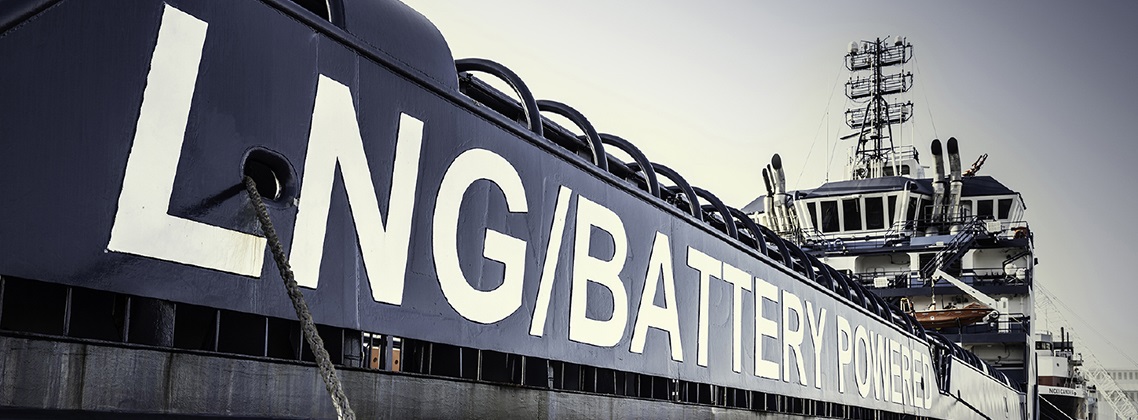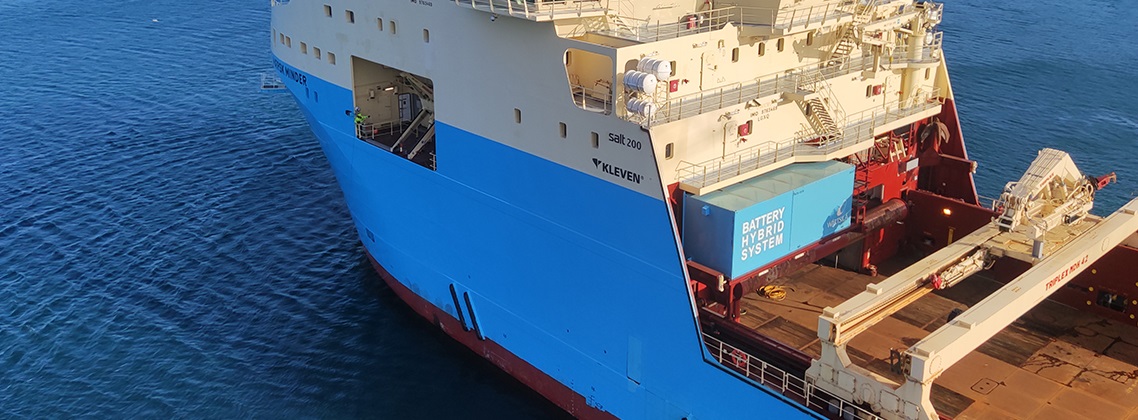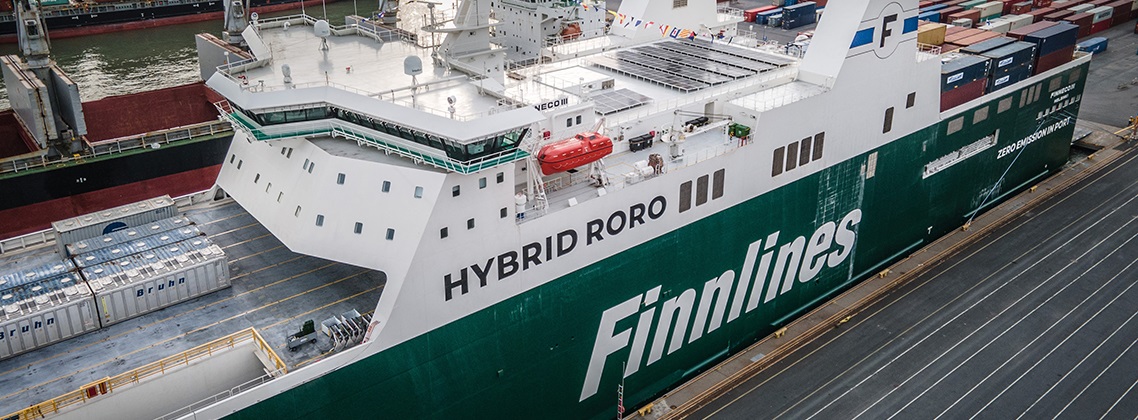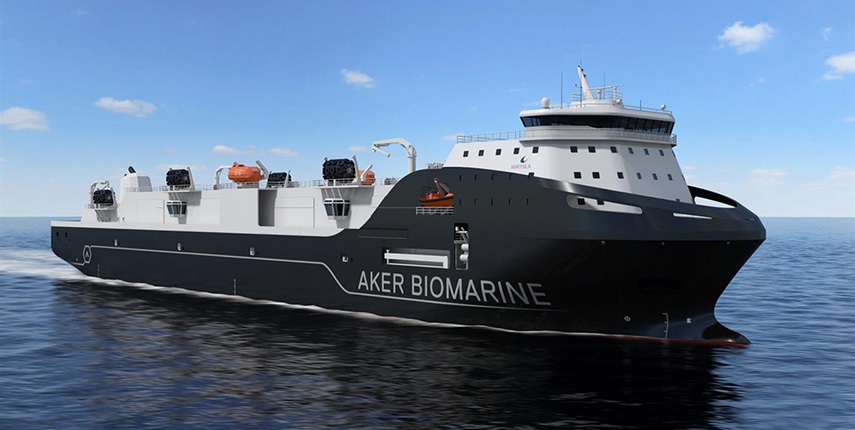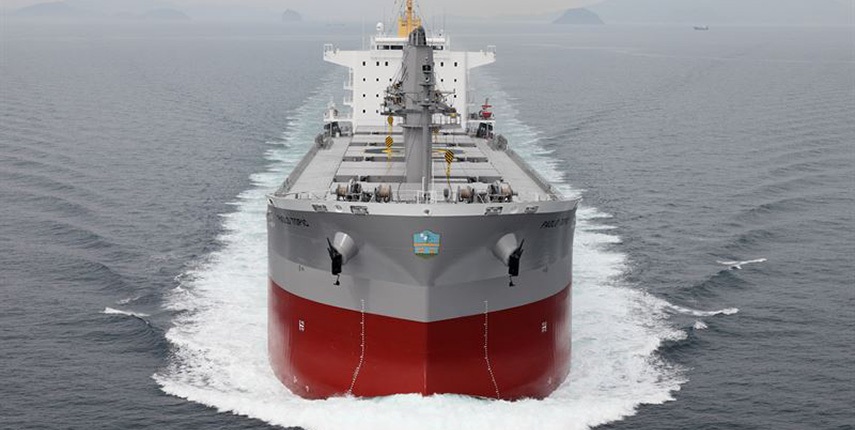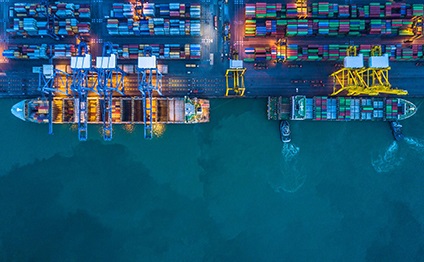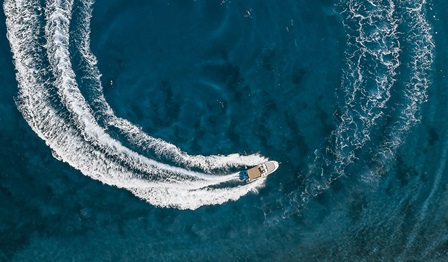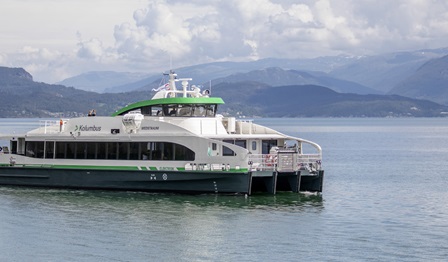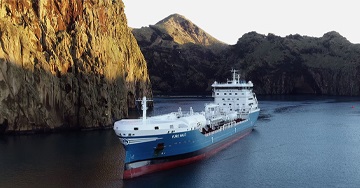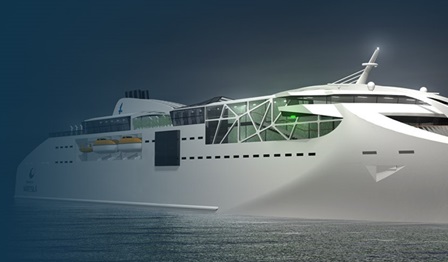
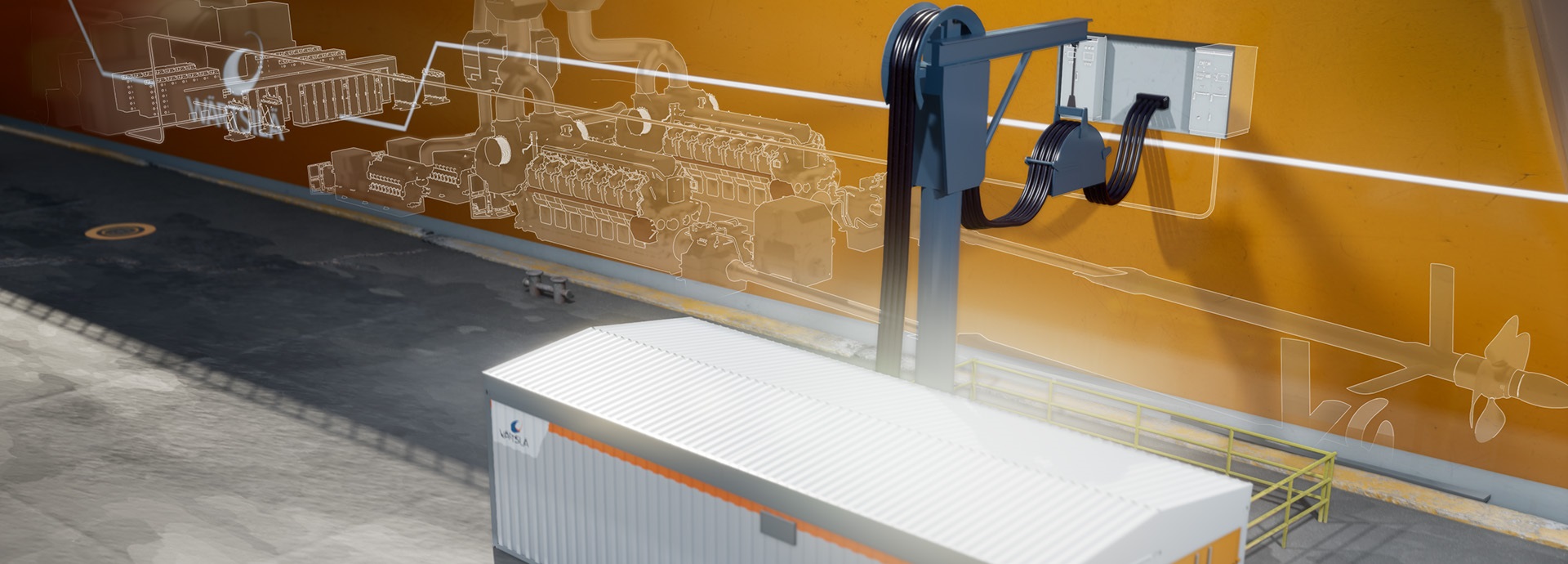
There’s more to electric shipping than electric propulsion
Electric shipping and hybrid ships are important solutions now that the marine industry has entered a new era – the age of decarbonisation and strict regulation. Vessels must be future proof: flexible enough to adapt to the changing needs in the future. As the regulation evolves and restrictions on emissions become stricter, the best way to stay competitive is to rely on the best available technologies. Electric shipping or ship electrification is one of the key solutions for marine decarbonisation.
The future of shipping is here: Discover how these interesting electrical solutions can reduce the environmental footprint for different vessels.
Electrical solutions and decarbonisation
Electrical solutions will deliver reduced emissions as retrofits and offer a competitive advantage also for newbuild vessels.
Electrical solutions have been part of vessel design for many years in the form of diesel-electric propulsion or shaft generators, for example. The share of green energy – from renewable sources such as wind, water, and solar – in land-based electrical grids is on the increase.
It makes sense for ships to take advantage of shore-based green energy. As an example, using a shore connection can reduce emissions significantly while the ship is in port. Depending on the vessel and its operating profile there are many ways to reduce its emission footprint. The key is optimisation: finding the right solution for each vessel.
Slow steaming used to be the favourite solution for many vessels to reduce emissions. Flexibility was not an issue then, so this means that some vessels will never be fully optimised. Electrical systems onboard make it possible to use smarter propulsion systems. Smarter, more resilient, and more flexible – and thus capable of adapting to the changing needs in the future of shipping.
What powers cruise ships in the future? Will cargo ship engines be electric?
Deepsea vessels will have to adopt green fuel engine technology to decarbonise. Electrical systems will be an integral part of the system including shaft generators and shore connection. Electric cruise ships and electric cargo ships are a futuristic concept, but they can go hybrid and take advantage of solar energy to improve their efficiency.
Tugs can benefit from hybrid or even full electric solutions. They operate close to the shore to land based electrical infrastructure. Because they have high load variations and spend long periods of time on standby, hybrid electric solutions will cut their GHG emissions significantly.
Ferries are often part of local transportation routes and can easily use the land-based charging infrastructure. If the route is short enough, the ferry can even be fully electric. Many ferries still prefer to have a hybrid electric solution to minimise risks.
Any short-distance or coastal vessel can be a hybrid ship. They can charge their ship battery with green energy available at the port. They can be a zero emission ship while manoeuvring, station keeping, and port navigating if they switch to full electric power during those operations.
Battery-powered ships, hybrid ships or diesel-electric ships?
Which solution would be optimal for your vessels? The following are examples of actual solutions.
E&PMS landing page Solutions
Expand all
Why electrification – market trends and drivers
Watch the video and you will also learn three reasons to consider ship electrification as a solution for marine decarbonisation.
Solutions in more detail
Customer stories
Discover the benefits others have already gained from marine electric solutions.
Insights on electric shipping
Discover these insightful articles and case studies – they will build your knowledge of ship electrification and hybrid marine solutions.
Webinars related to electric shipping
Explore what you need to know about electric shipping and hybrid ships – learn from experts from the marine industry and associations. Register now! Or catch up on webinar recordings.
Hand-picked press releases
Wärtsilä’s strength in fishing vessel sector enhanced with propulsion orders for four new vessels
The technology group Wärtsilä will supply the propulsion machinery for four new fishing vessels being built at Karstensens Shipyard in Denmark. These orders emphasise Wärtsilä’s leading position in delivering propulsion solutions for the fishing sector, and strengthen even further the company’s close relationship with the Karstensens yard. The orders were placed in March 2022.
The 75 metre-long purser/trawler vessels are being built for different owners. Two are for Icelandic fishing and processing companies, namely Skinney-Thinganes and Gjögur, while the other two are for Norwegian owners, Veibust Fiskeriselskap and Ronald Ervik.
Each of these vessels will operate with the highly efficient Wärtsilä 31 main engine. Wärtsilä will also supply the gearbox fitted with ‘take-me-home’ functionality, the controllable pitch propeller (CPP), the propulsion shaft lines including seals and bearings, the shaft generator, and Wärtsilä’s ProTouch propulsion control system.
The Wärtsilä 31 has been recognised by Guinness World Records as being the world’s most efficient 4-stroke diesel engine. Its output power has been increased to 5200 kW, thus enhancing its performance even further.
“We are very familiar with Wärtsilä’s propulsion offering and have opted for their products on many of our newbuild projects. In particular, the Wärtsilä 31’s efficiency and reliability is ideally suited for fishing vessels operating in these challenging North Atlantic waters,” says Kent Damgaard, Director, Karstensens Shipyard.
“Wärtsilä has a long-standing relationship with Karstensens Shipyard and we are proud and pleased to be again selected as the propulsion provider for this series of modern purser/trawlers. Repeat orders are always a good indicator of customer satisfaction, and are a validation of our focus on efficiency, reliability, and environmental sustainability,” adds Jens Karlsson, GM Sales, Large Projects, Wärtsilä Marine Power.
The Wärtsilä equipment is scheduled for delivery to the yard during 2023, and the vessels are expected to be ready for delivery in 2024.
Media contact for more information on this release:
Simone Greene
Communications Manager
Wärtsilä Marine Power
Tel: +39 342 072 5119
simone.greene@wartsila.com
Image caption 1: Vessel #478 HERØYHAV, is being built by Karstensens Shipyard and will be powered by the highly efficient Wärtsilä 31 engine as well as host of Wärtsilä propulsion solutions. © Karstensens Shipyard
Image caption 2: Vessel #480 GJÖGUR, is being built by Karstensens Shipyard and the order emphasises Wärtsilä’s leading position in delivering propulsion solutions as well as strengthen even further the company’s close relationship with the Karstensens yard. © Karstensens Shipyard
All Wärtsilä releases are available at https://www.wartsila.com/media/news-releases and at http://news.cision.com/wartsila-corporation where also the images can be downloaded.
Wärtsilä Marine Power in brief
Wärtsilä Marine Power leads the industry in its journey towards a decarbonised and sustainable future. Our broad portfolio of engines, propulsion systems, hybrid technology, and integrated powertrain systems delivers the efficiency, reliability, safety, and environmental performance needed to support our customers. Our offering includes performance-based agreements, lifecycle solutions, and an unrivalled global network of maritime expertise.
www.wartsila.com/marine
Wärtsilä in brief
Wärtsilä is a global leader in innovative technologies and lifecycle solutions for the marine and energy markets. We emphasise innovation in sustainable technology and services to help our customers continuously improve their environmental and economic performance. Our dedicated and passionate team of 17,000 professionals in more than 200 locations in 68 countries shape the decarbonisation transformation of our industries across the globe. In 2021, Wärtsilä’s net sales totalled EUR 4.8 billion. Wärtsilä is listed on Nasdaq Helsinki.
www.wartsila.com
Take your easiest step on your journey to ship electrification - get in touch and let’s discuss your needs and options!
